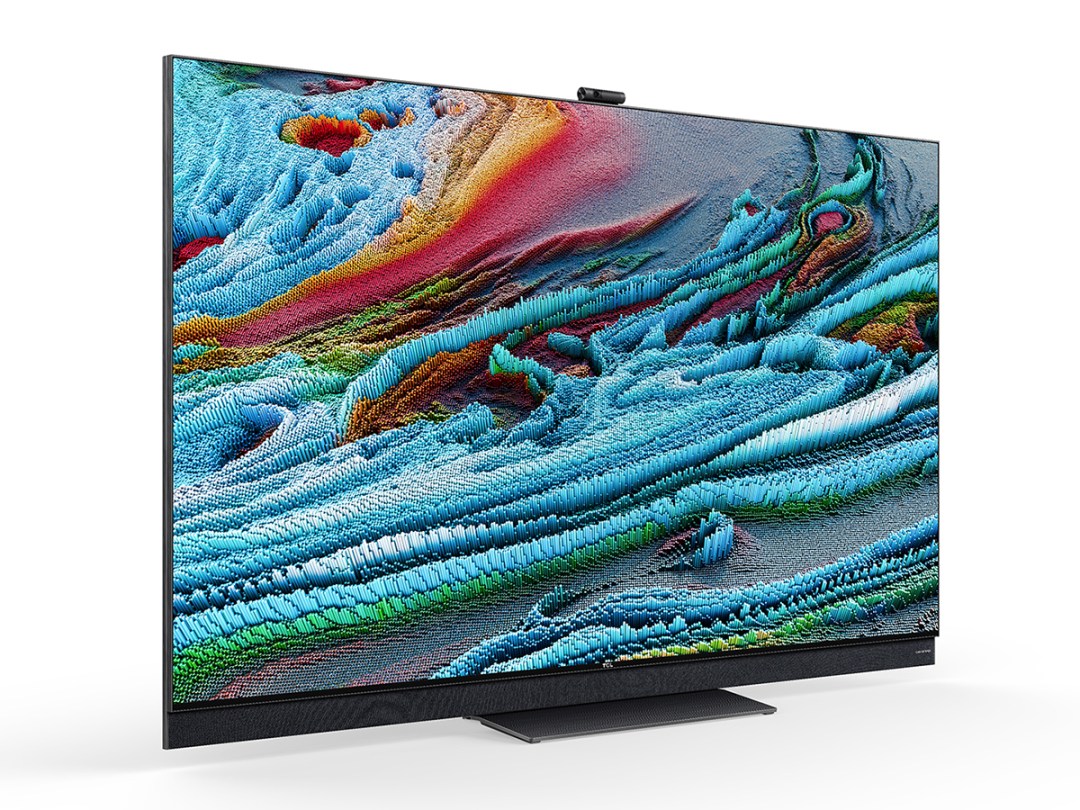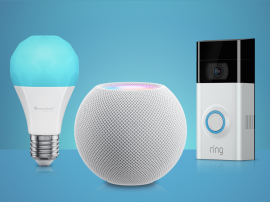How TCL has created a new generation of TV with Mini LED
Explore the dazzling television tech that trips the light fantastic

When you invest in a new television, you’re almost certainly investing in one of two types of display tech: OLED or LCD.
OLED, despite being regarded as a high-performance technology, accounts for just three percent of TV sales worldwide. The overwhelming majority of the world’s new tellies are powered by LED LCD tech – and it’s getting better all the time. While OLED hasn’t fundamentally changed in a decade, LCD has been lavished with the likes of local dimming, Quantum Dot and Mini LED backlighting, all of which have led (no pun intended) to big, eye-pleasing gains in picture quality.
TCL has been right at the forefront of the push to perfect LED LCD display tech, launching the TCL 8-Series – the world’s first TV powered by over 25,000 micro-meter class Mini LEDs – in 2019.
But we’re getting ahead of ourselves. First things first: what is Mini LED, and why is it such a huge deal for image quality?
Back to light, back to reality
LCD TV technology creates its picture by combining a colour-filtered liquid crystal display (LCD) with a light source. The LCD produces the picture’s shapes and colours, while the light source illuminates it so the viewer can actually see it. Today’s TVs use light-emitting diodes (LEDs) to perform this lighting role, usually shining them through the LCD from behind – a process called “backlighting”.
In the early days of LED-lit LCD TVs, a single array of backlights lit the entire screen uniformly, but today local dimming enables certain parts of the screen to be lit more brightly than others. Imagine a movie scene set inside a tunnel, with blazing daylight visible through its entrance: with local dimming, that entrance can be brightly lit while the tunnel interior remains suitably gloomy.
What Mini LED does is shrink the backlights dramatically, boosting the number of local dimming areas and subsequently the level of precision with which the screen can be brightened and darkened. Areas like the tunnel entrance in our example can be targeted with greater accuracy, reducing the level of light “bloom” around them. The result? A much more dynamic, punchy and contrast-rich image that looks much closer to real-life.
On top of more precise brightness control, Mini LED also means an overall brightness boost to the picture compared to regular LEDs. That’s simply because of the numbers: due to Mini LEDs’ smaller size, a TV manufacturer can now fit more LEDs in a TV. More lights, greater brightness
TCL Mini LED 8K X92 Series: putting the principles into practice
Need a real-world example of Mini LED’s power? Look no further than TCL’s pioneering X92 Series TV. Inside its 75-inch 8K screen are thousands of Mini LEDs, arranged into hundreds of separate dimming zones. It’s a backlighting setup that allows the screen to display pure bright whites and inky deep blacks at the same time with no distracting halo bloom – but this super-sharp contrast is just the first step in the X92 Series’ journey to picture perfection.
The X92 Series also uses Quantum Dot – another technology pioneered by TCL – to deliver ultra-precise colour reproduction. A Quantum Dot film replaces the red, green and blue colour filters used in older LCD TVs, and provides a much wider, purer and brighter colour gamut when light passes through it. There’s access to the best HDR performance, thanks to Dolby Vision IQ and HDR10+ support. Not only that, it’s a native 120Hz display too, which renders fast-moving scenes with a pleasing silken smoothness.
Built on the Android TV smart platform, the slimline X92 Series also has built-in Google Assistant for hands-free voice control and comes complete with its own Dolby Atmos-compatible Onkyo soundbar with integrated subwoofers for an authoritative and immersive audio experience.
Also launched early this year, is Mini LED 4K TV C825, with direct Mini LED backlight, QLED, 4K HDR Premium and 100hz Motion Clarity Pro for the best 4K HDR performance.




